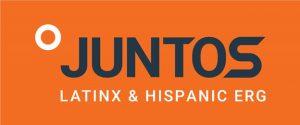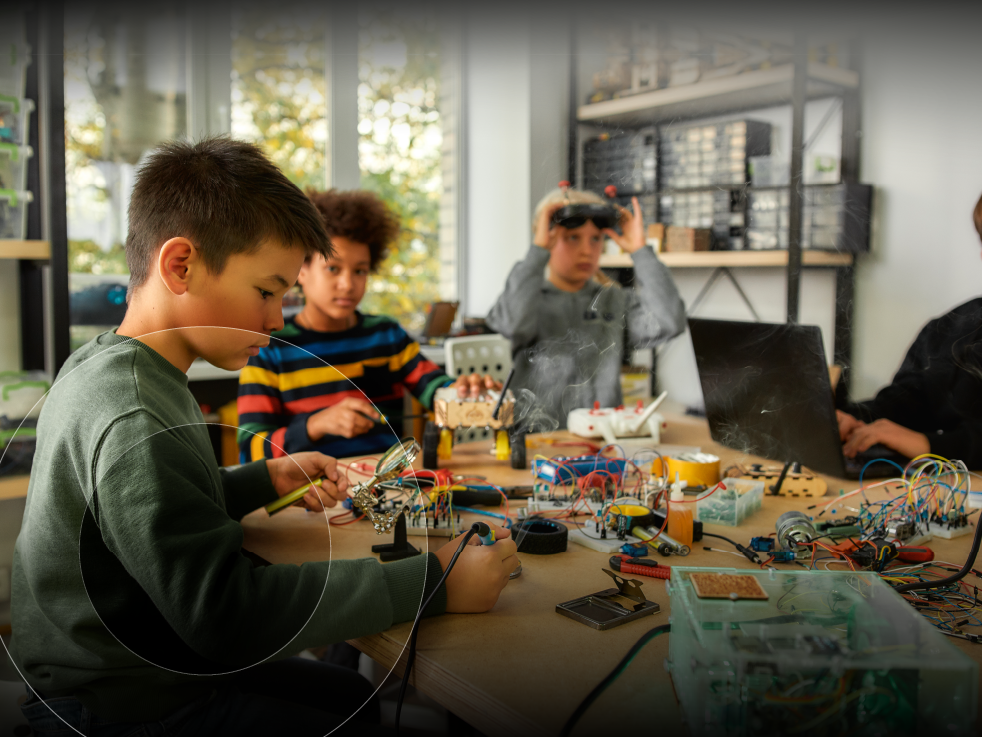Hispanic Heritage Month: How your STEM program’s tech is secretly shaping your tomorrow:
Address Latinx underrepresentation in STEM by investing in innovative solutions.

Sometimes, breaking with one tradition can start another of greater significance. This is certainly what the nations of Costa Rica, El Salvador, Guatemala, Honduras, and Nicaragua had in mind when they declared independence from Spain on September 15, 1821. And with Mexico, Chile, and Belize celebrating their own independence days on September 16, 18, and 21 respectively, Hispanic Heritage Month has been celebrated from that week to October 15 for the last 34 years. Compared to other diversity awareness months, this dating is noticeably untraditional. Yet, when it comes to Latinx representation, the sector most famous for moving fast and breaking with tradition is moving noticeably slower than expected.
According to Pew Research Center, despite being 17% of the total workforce, are significantly underrepresented in high-tech careers. In fact, only 8% of these jobs are held by Hispanic employees, and Hispanic women face even more significant challenges, with only 3% holding STEM positions. Both the technology and education sectors can help make this expanding population a more significant part of our most innovative industry. The road to revolution starts in K-12 and higher education; it has to be paved with tailored solutions—ones that help your Latinx students break barriers of their own.
Refining the focus
With one in four Americans expected to be Latinx by 2050, the proportion of STEM jobs occupied by Latinx professionals isn’t yet rising accordingly.
Because many Latinx students are the first in their families to pursue higher education, they can face an outsized challenge when balancing family and work responsibilities. Unfortunately, STEM content can be remarkably taxing and time-intensive to begin with.
To address these issues, many K-12 and higher education institutions are increasingly focused on promoting their tech-influenced offerings, ensuring Latinx students have access to the knowledge and resources needed to thrive in STEM fields.
With the right practices (and the right help), other schools can easily join them.
Future-proofing with digital skills
Bridging the digital divide begins with an investment in digital literacy — and therefore some new technology. Tools for extended reality are shaping our new reality with purpose-built metaverse environments revolutionizing the classroom. One exciting development is the growing popularity of gamified learning in schools. Using VR applications in STEM curricula can:
- Increase student engagement.
- Foster collaborative problem-solving.
- Simplify goal tracking.
- Deliver personalized learning that lasts.
- Provide feedback to students in real time.
Esports in particular are ripe for getting students to adopt a scientific mindset as in-game thinking becomes in-lab thinking. In both settings, students will identify a problem, formulate possible solutions, test those solutions, and determine if the problem was solved successfully. According to the Network of Academic and Scholastic Esports Federation (NASEF), students in an esports program reported an increased interest in STEM fields of study and a more serious consideration of careers in these fields.
On this front, SHI can help provide an enhanced learning experience, including engaging curricula and esports training for teachers, parents, and coaches. From funding to design to installation, our team can turn your learning space into an esports environment to suit your school’s (and any future Latinx professional’s) needs.
Enabling economic empowerment
STEM careers not only contribute to the economic advancement of individuals but also to the larger Latinx community. With tech workers usually earning significantly more than their state’s average salary, these careers can drive financial serious growth. To further uplift these communities, it’s important to strengthen diverse-owned businesses. You can join SHI in:
- Establishing a supplier diversity program, which can promote innovation and equity.
- Attending career fairs to recruit students of diverse backgrounds at Hispanic Serving Institutions (HSIs)
- Promoting collaboration and camaraderie by forming employee resource groups (ERGs), such as Juntos: SHI’s own Latinx and Hispanic ERG.
- Empowering Latinx professionals as mentors and leaders to inspire the next generation.

Juntos’ mission is to build community and belonging at SHI by celebrating Latinx and Hispanic culture. The ERG is committed to providing educational resources, networking, professional development, volunteer opportunities, and events.
Inclusion is the first step toward advancement, and it can start in your STEM program.
Providing access to technology
From education to employment, access to technology is a fundamental factor in fostering success across STEM fields. Without it, Latinx students can’t spark their curiosity, let alone sustain it. If your finances are constrained, grants can offer fantastic opportunities to fan the intellectual flames, no matter where you’re located. For example, USDA Rural Development offers a program that “helps rural communities use advanced telecommunications technology to connect to each other – and the world – overcoming the effects of remoteness and low population density.” Broadband USA offers similar programs to promote digital equity and inclusion through expanded high-speed internet access.
The opportunities are boundless—if you know where to look. SHI’s Grant Support Program provides complimentary consultative services to help you find and secure technology grants that work for your institution. Together, we can help ensure equal technology access for all your students, wherever they are and wherever they’re from.
Supporting every student
Most revolutions are started by the young, and this one will be rooted firmly in STEM. But to help tomorrow’s Latinx technologists build our bridges, we have to bridge some gaps ourselves. 35% of workers with no digital skills are Latinx. By investing in STEM education during Hispanic Heritage Month and beyond, we’re advancing our society as much as we are future technology.
Additional resources




